Home>Furniture & Design>Outdoor Furniture>What To Do If Outdoor Spigot Is Frozen
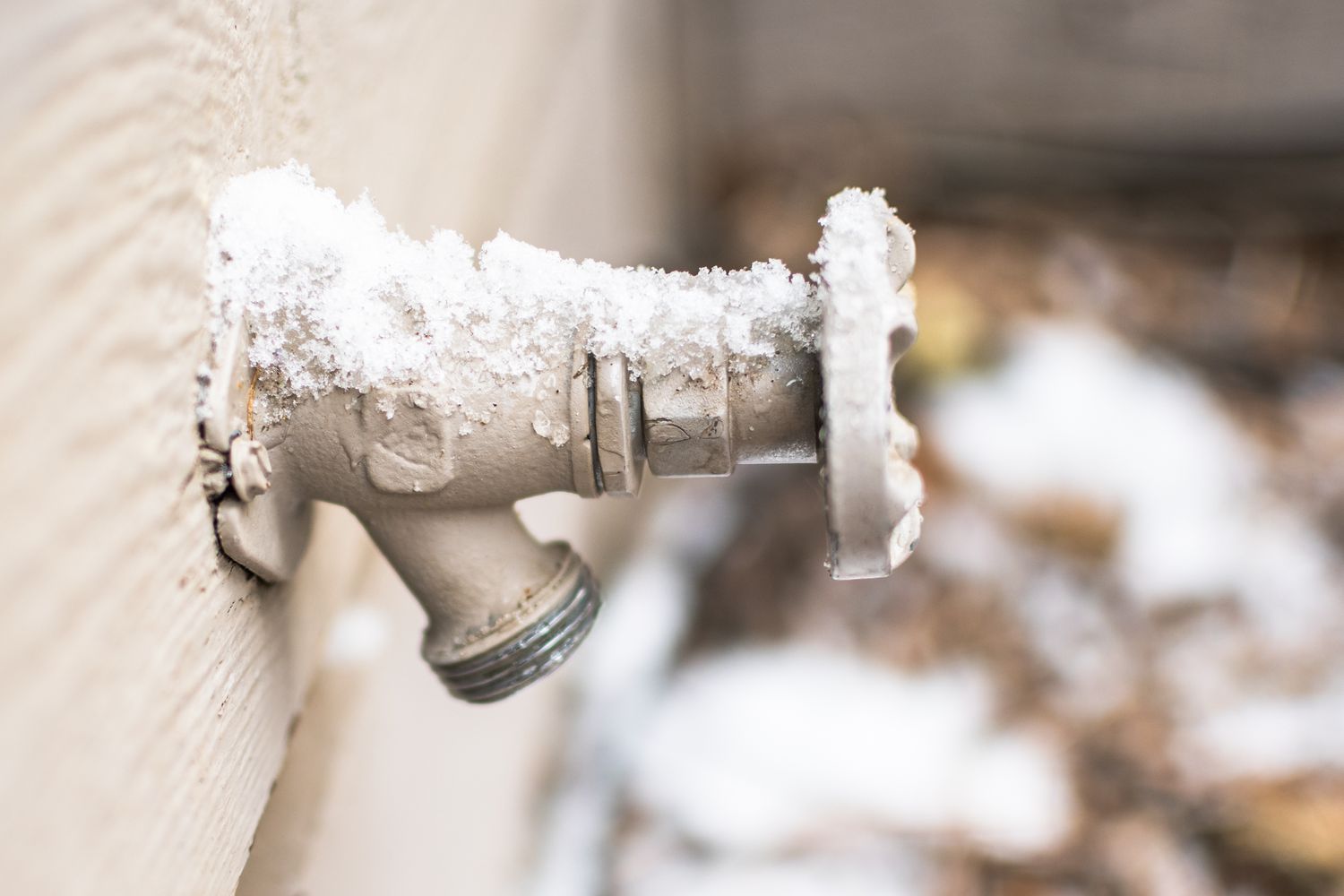

Outdoor Furniture
What To Do If Outdoor Spigot Is Frozen
Modified: August 27, 2024
Learn effective ways to thaw a frozen outdoor spigot and prevent future freezing. Get expert advice on outdoor furniture, design, and maintenance.
(Many of the links in this article redirect to a specific reviewed product. Your purchase of these products through affiliate links helps to generate commission for Storables.com, at no extra cost. Learn more)
Introduction
Welcome to the world of outdoor living, where the beauty of nature meets the comfort of well-designed outdoor furniture. Whether you have a sprawling garden, a cozy patio, or a charming balcony, outdoor furniture plays a pivotal role in creating an inviting and functional space for relaxation, entertainment, and al fresco dining. From durable materials to stylish designs, the world of outdoor furniture and design offers a myriad of options to elevate your outdoor living experience.
As an outdoor enthusiast, you understand the importance of maintaining your outdoor space, especially when it comes to the functionality of essential elements such as the outdoor spigot. However, the arrival of colder temperatures can bring about a common challenge: a frozen outdoor spigot. When faced with this issue, it’s essential to know how to identify the signs of a frozen spigot, take the necessary steps to thaw it, and implement preventive measures to avoid future occurrences.
In this guide, we’ll explore the signs of a frozen outdoor spigot, provide a step-by-step approach to thawing it, and offer valuable insights into preventing outdoor spigot freezing. By the end of this article, you’ll be well-equipped to tackle this issue with confidence, ensuring that your outdoor oasis remains fully functional and ready to serve your needs, regardless of the weather.
Key Takeaways:
- Don’t let a frozen outdoor spigot put a damper on your outdoor fun! Learn to recognize the signs, safely thaw it, and prevent future freezing for uninterrupted outdoor enjoyment.
- Keep your outdoor oasis flowing smoothly by spotting frozen spigot signs, thawing it safely, and preventing future freezing. Enjoy your outdoor space hassle-free all year round!
Read more: How To Change An Outdoor Spigot
Signs of a Frozen Outdoor Spigot
As the temperatures drop and winter takes hold, outdoor spigots are particularly susceptible to freezing, potentially causing inconvenience and damage. Recognizing the signs of a frozen outdoor spigot is crucial for prompt intervention. Here are some indicators that your outdoor spigot may be frozen:
- Lack of Water Flow: One of the most apparent signs of a frozen outdoor spigot is the absence of water flow when you attempt to turn it on. If you notice that no water is coming out or only a small trickle is present, it’s likely that the spigot is frozen.
- Unusual Sounds: When you turn the outdoor spigot on, listen for any unusual sounds such as banging or clunking. These noises can indicate that the water inside the pipe is struggling to flow due to freezing, causing the pipe to expand and contract.
- Frost or Ice Build-Up: Visual inspection of the outdoor spigot may reveal the presence of frost or ice around the faucet, connecting pipes, or the exterior wall. This is a clear indication that the spigot has been affected by freezing temperatures.
- Low Temperature: If the outdoor temperatures have been consistently below freezing, there’s a high likelihood that the spigot may have frozen. Keep an eye on the weather conditions and consider the potential impact on your outdoor plumbing.
By remaining vigilant and attentive to these signs, you can promptly address a frozen outdoor spigot before it leads to more significant issues. Now that you’re aware of the signs of a frozen spigot, let’s delve into the steps to thaw it effectively.
Steps to Thaw a Frozen Outdoor Spigot
When faced with a frozen outdoor spigot, it’s essential to thaw it carefully to prevent damage to the plumbing system. Here’s a step-by-step guide to effectively thawing a frozen outdoor spigot:
- Turn Off the Water Supply: Before initiating the thawing process, locate the shut-off valve for the outdoor spigot and turn off the water supply. This crucial step prevents further water from entering the frozen section of the pipe.
- Open the Faucet: After shutting off the water supply, open the outdoor spigot faucet to relieve any pressure within the pipe. This action can help minimize the risk of the pipe bursting during the thawing process.
- Apply Heat Source: Use a safe heat source, such as a hairdryer, heat lamp, or electric heating pad, to gently warm the exterior of the frozen spigot and the connected pipe. Avoid using open flames or high-temperature devices to prevent accidental damage or fire hazards.
- Thawing the Pipe: Direct the heat source evenly along the length of the frozen pipe, starting from the faucet and moving towards the exterior wall. Continue this process until water flow is restored, and the spigot is no longer frozen.
- Check for Leaks: Once the spigot is thawed, carefully inspect the surrounding area and the spigot itself for any signs of leakage or damage. Address any issues promptly to prevent water damage and ensure the proper functioning of the outdoor spigot.
- Turn On the Water Supply: After confirming that the outdoor spigot is thawed and undamaged, slowly turn the water supply back on and test the spigot for normal water flow. Monitor the spigot for any irregularities to ensure that it’s fully operational.
By following these steps, you can safely and effectively thaw a frozen outdoor spigot, restoring its functionality and preventing potential plumbing issues. However, it’s equally important to take proactive measures to prevent outdoor spigot freezing in the future.
To thaw a frozen outdoor spigot, use a hair dryer or heat lamp to gently warm the pipe. Do not use an open flame as it can damage the pipe or cause a fire. Once thawed, leave the faucet dripping to prevent refreezing.
Preventing Outdoor Spigot Freezing
Prevention is often the best approach to safeguarding your outdoor spigot from freezing during cold weather. By implementing proactive measures, you can minimize the risk of encountering a frozen spigot and the associated inconveniences. Here are effective strategies for preventing outdoor spigot freezing:
- Install Freeze-Proof Outdoor Faucets: Consider replacing standard outdoor spigots with freeze-proof models designed to prevent freezing by relocating the shut-off valve inside the heated portion of the house. These faucets are specifically engineered to minimize the risk of freezing and bursting.
- Disconnect and Drain Hoses: Before the arrival of freezing temperatures, disconnect and drain all hoses connected to the outdoor spigot. Storing hoses in a sheltered location helps prevent water from freezing and causing damage to the spigot and connecting pipes.
- Insulate Outdoor Spigots and Pipes: Apply insulation materials, such as foam faucet covers and pipe sleeves, to outdoor spigots and exposed pipes. This extra layer of insulation helps retain heat and protect the spigot from freezing temperatures.
- Keep Indoor Temperatures Consistent: Maintain consistent indoor temperatures, especially in areas where outdoor spigots are located. Proper insulation and temperature regulation within the home can help prevent outdoor plumbing from being exposed to freezing conditions.
- Seal Exterior Gaps and Cracks: Inspect the exterior walls of your home for any gaps, cracks, or openings near outdoor spigots. Seal these areas with caulk or weatherstripping to prevent cold air from reaching the plumbing and causing freezing.
- Drain Outdoor Spigots Before Winter: As part of your winterization routine, thoroughly drain the outdoor spigots and water lines to remove any residual water that could potentially freeze. This simple yet effective step can safeguard the spigot from freezing damage.
By proactively implementing these preventive measures, you can significantly reduce the likelihood of encountering a frozen outdoor spigot, ensuring that your outdoor plumbing remains functional and protected throughout the winter months.
Conclusion
Embracing the beauty of outdoor living comes with the responsibility of maintaining essential elements such as the outdoor spigot, especially during colder seasons. By recognizing the signs of a frozen outdoor spigot, understanding the steps to effectively thaw it, and implementing preventive measures, you can ensure the continued functionality and longevity of your outdoor plumbing system.
As you navigate the world of outdoor furniture and design, it’s essential to prioritize the care and maintenance of your outdoor space, including the vital components that support its functionality. By remaining vigilant and proactive, you can mitigate the risks associated with outdoor spigot freezing, safeguarding your outdoor oasis from potential damage and inconvenience.
Remember, the steps to thaw a frozen outdoor spigot are not only practical but also serve as a testament to your dedication to preserving the integrity of your outdoor living environment. Whether you’re enjoying a leisurely afternoon in your garden or hosting a festive gathering on the patio, a well-maintained outdoor spigot ensures that your outdoor experiences remain uninterrupted and enjoyable.
As you embrace the joys of outdoor living, equip yourself with the knowledge and preparedness to address the challenges that may arise, including the possibility of a frozen outdoor spigot. By taking proactive measures and staying informed, you can continue to create cherished memories in your outdoor haven, knowing that your outdoor spigot is ready to serve your needs, regardless of the weather.
Here’s to a thriving outdoor space, where the harmony of nature and the comfort of well-designed outdoor furniture come together to enrich your life and elevate your outdoor experiences.
Frequently Asked Questions about What To Do If Outdoor Spigot Is Frozen
Was this page helpful?
At Storables.com, we guarantee accurate and reliable information. Our content, validated by Expert Board Contributors, is crafted following stringent Editorial Policies. We're committed to providing you with well-researched, expert-backed insights for all your informational needs.
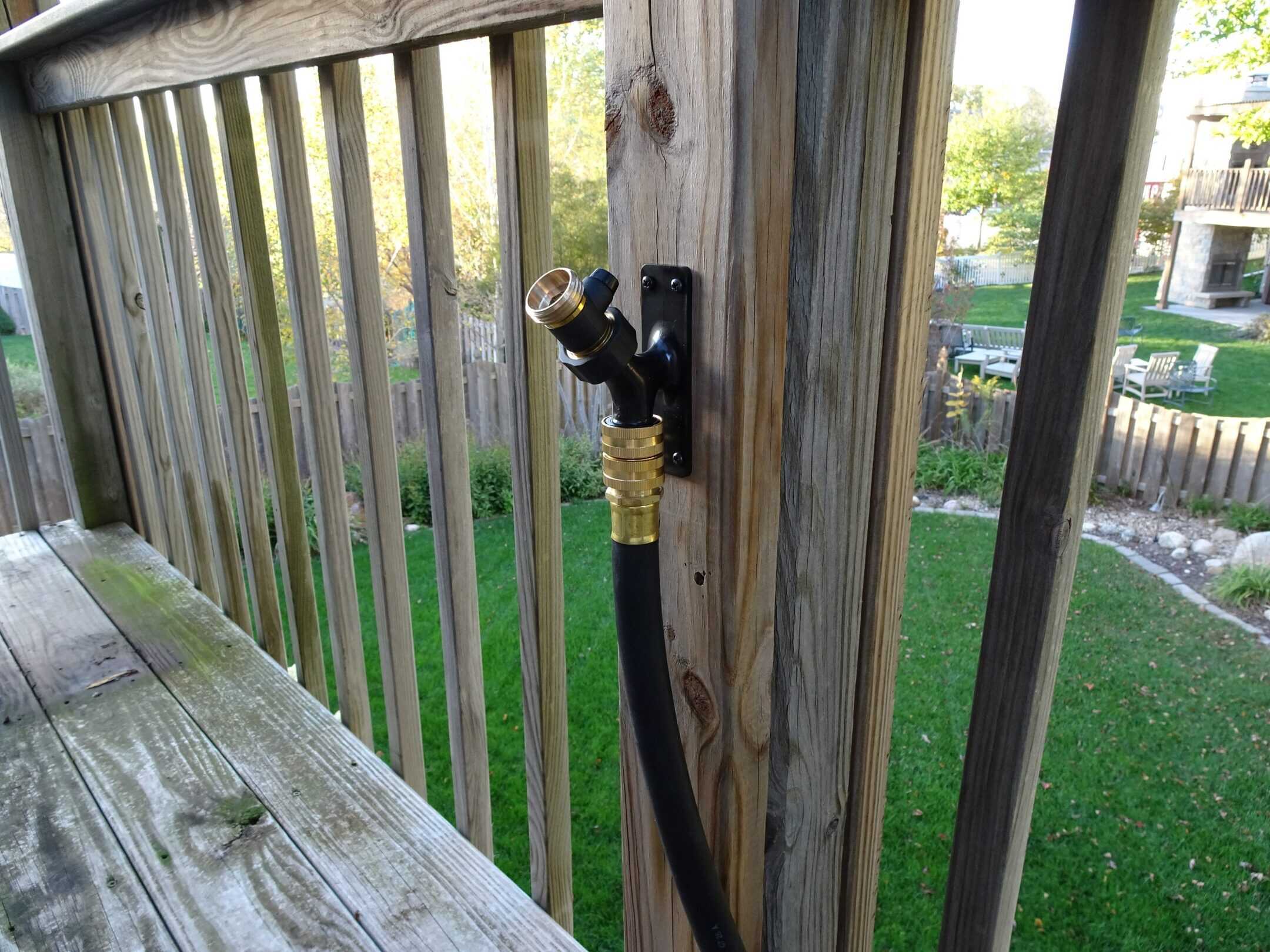
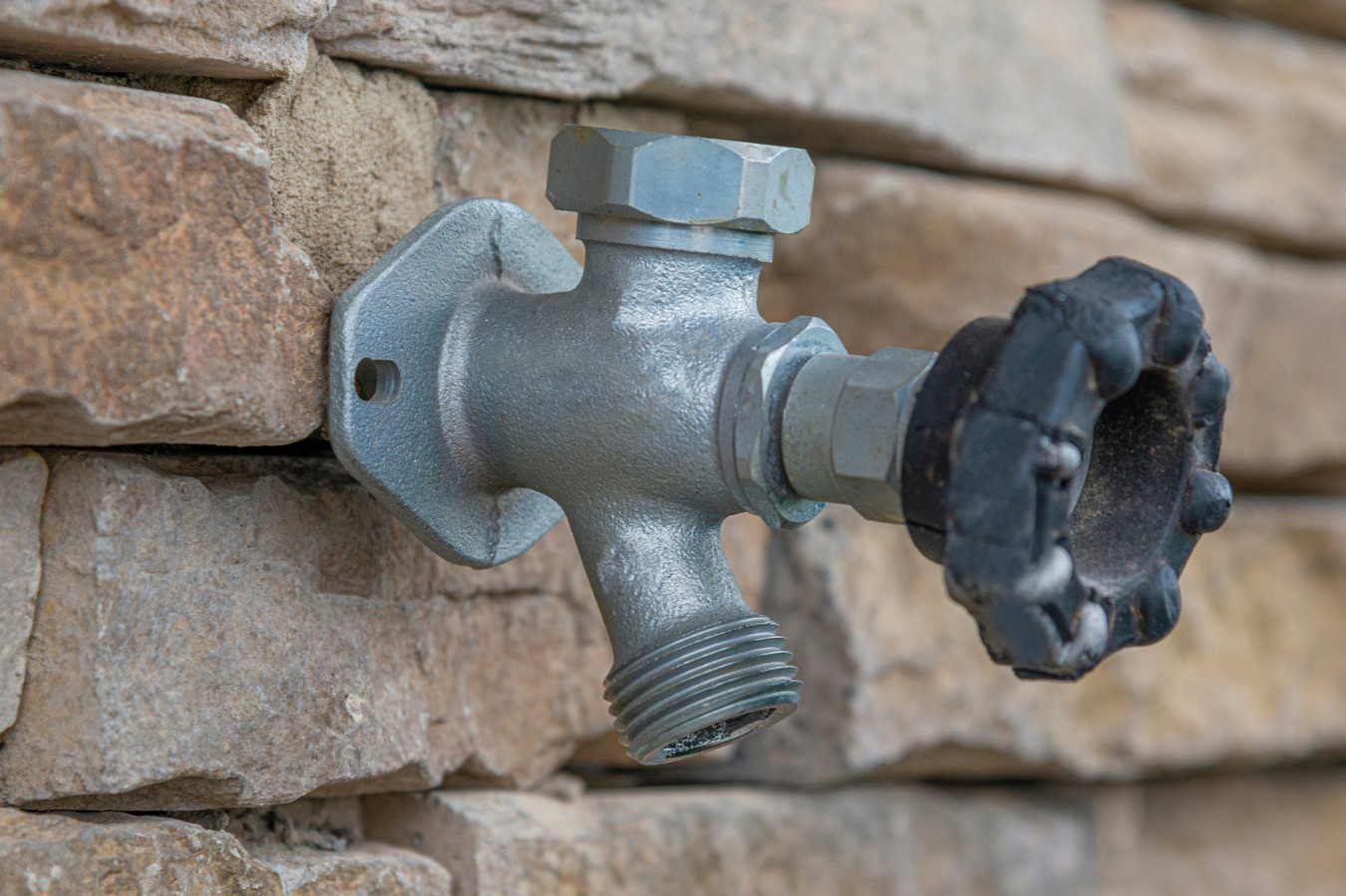
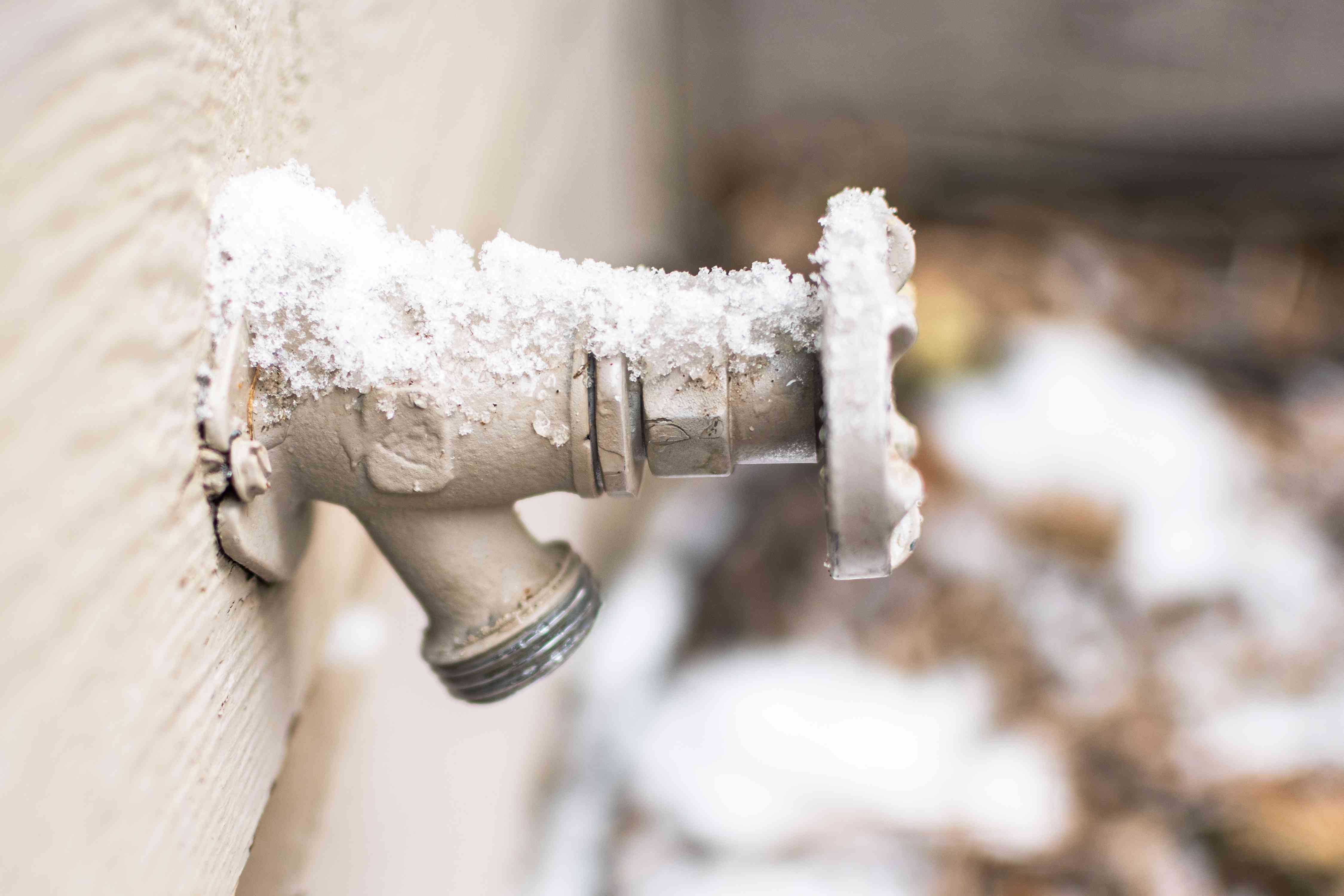

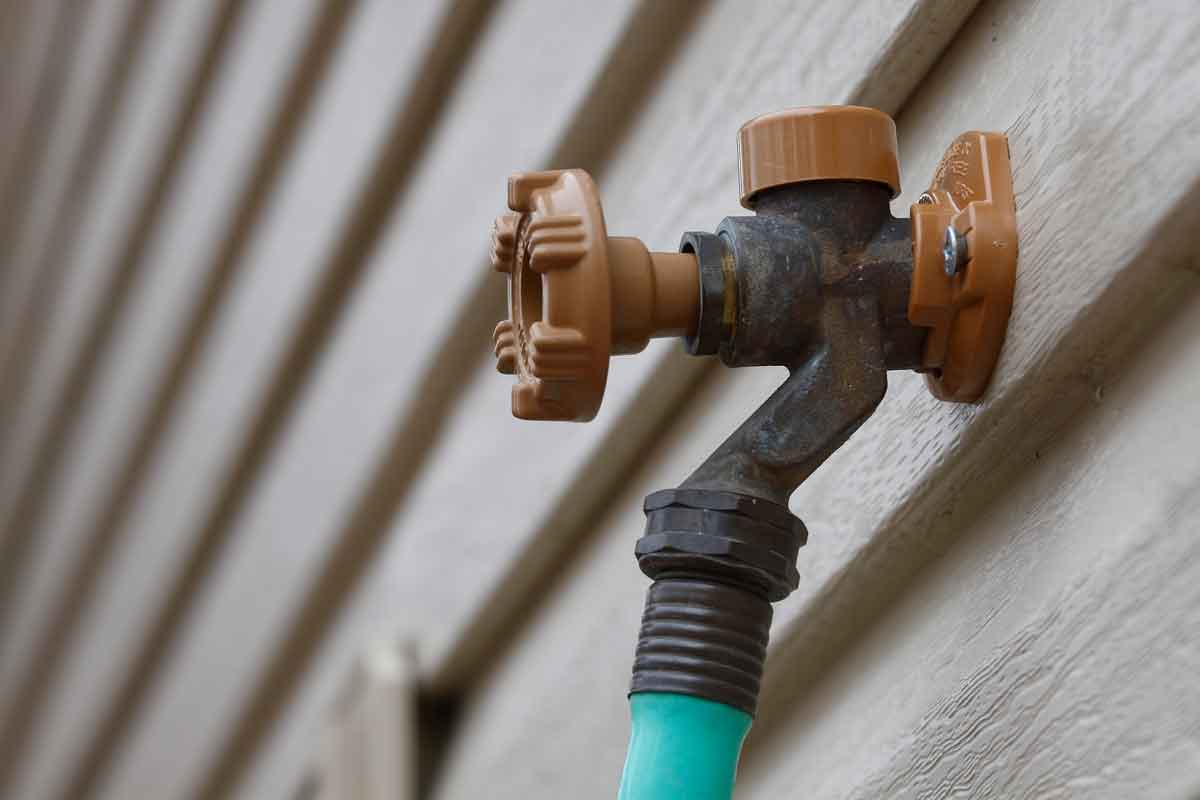

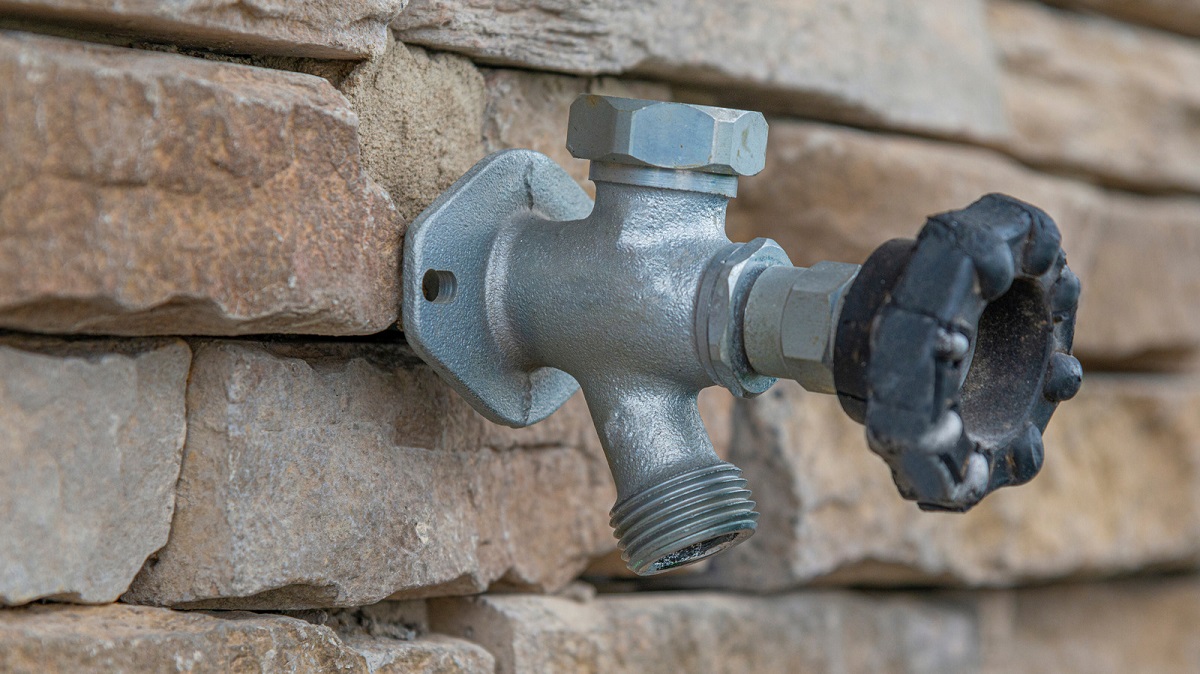
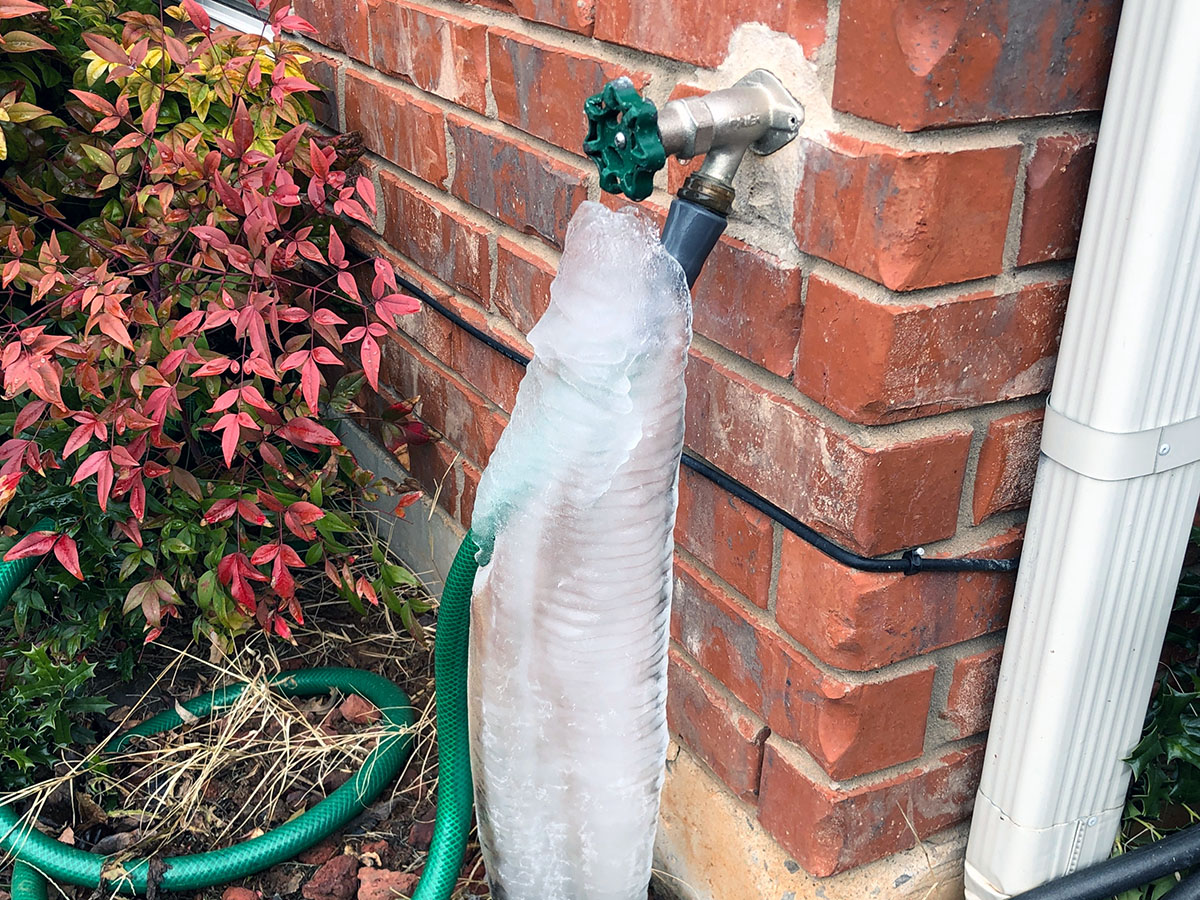
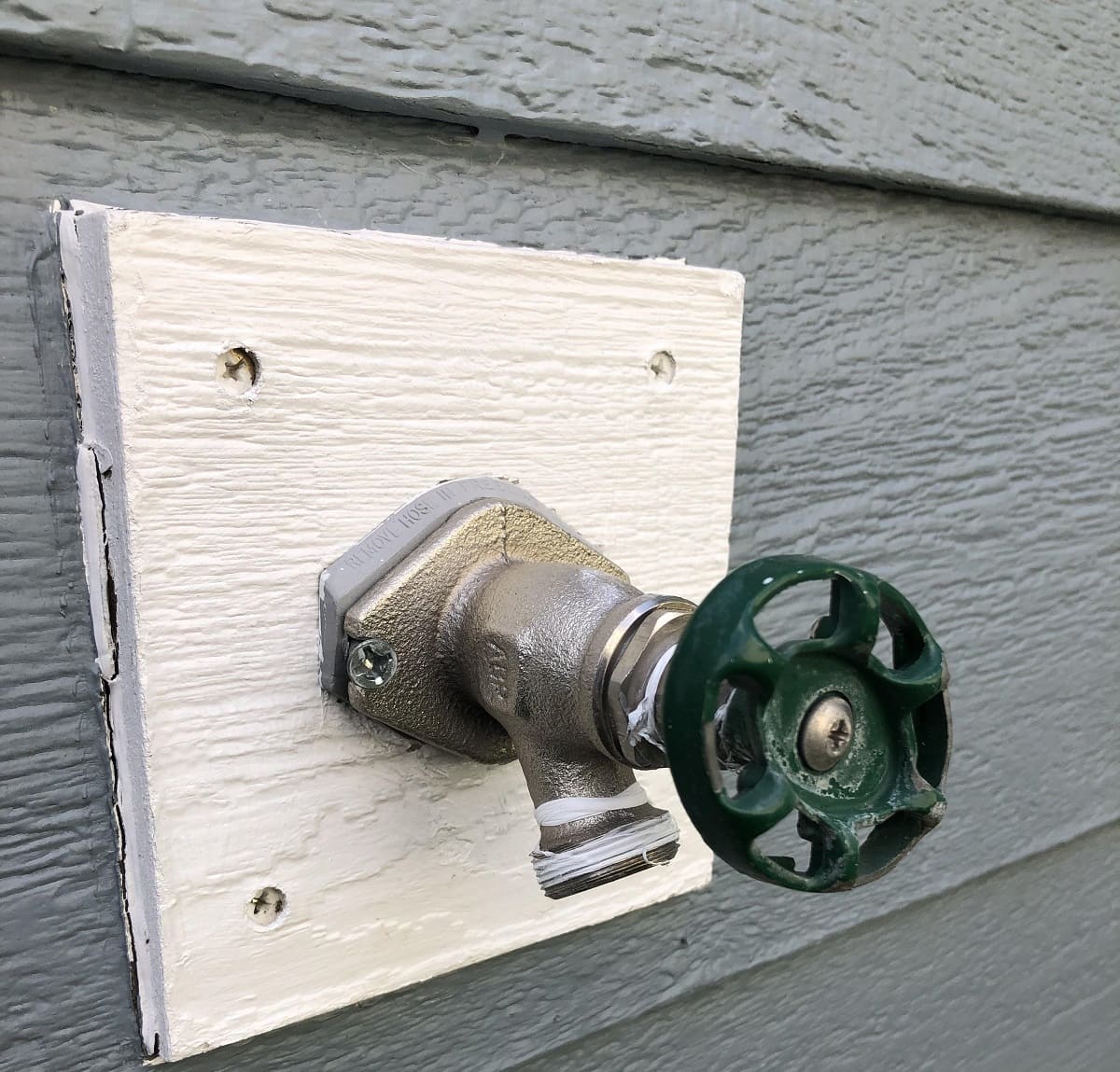
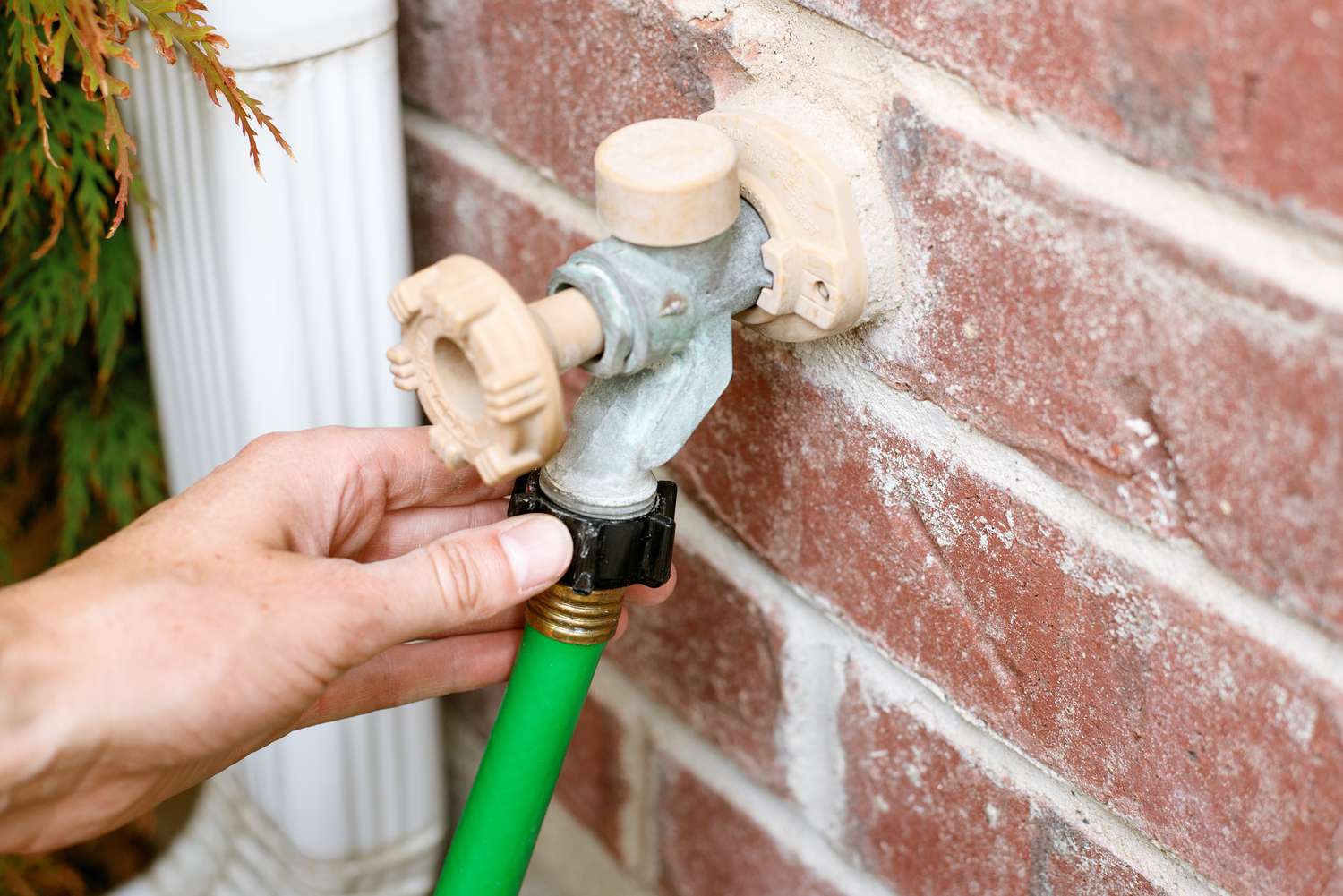






0 thoughts on “What To Do If Outdoor Spigot Is Frozen”